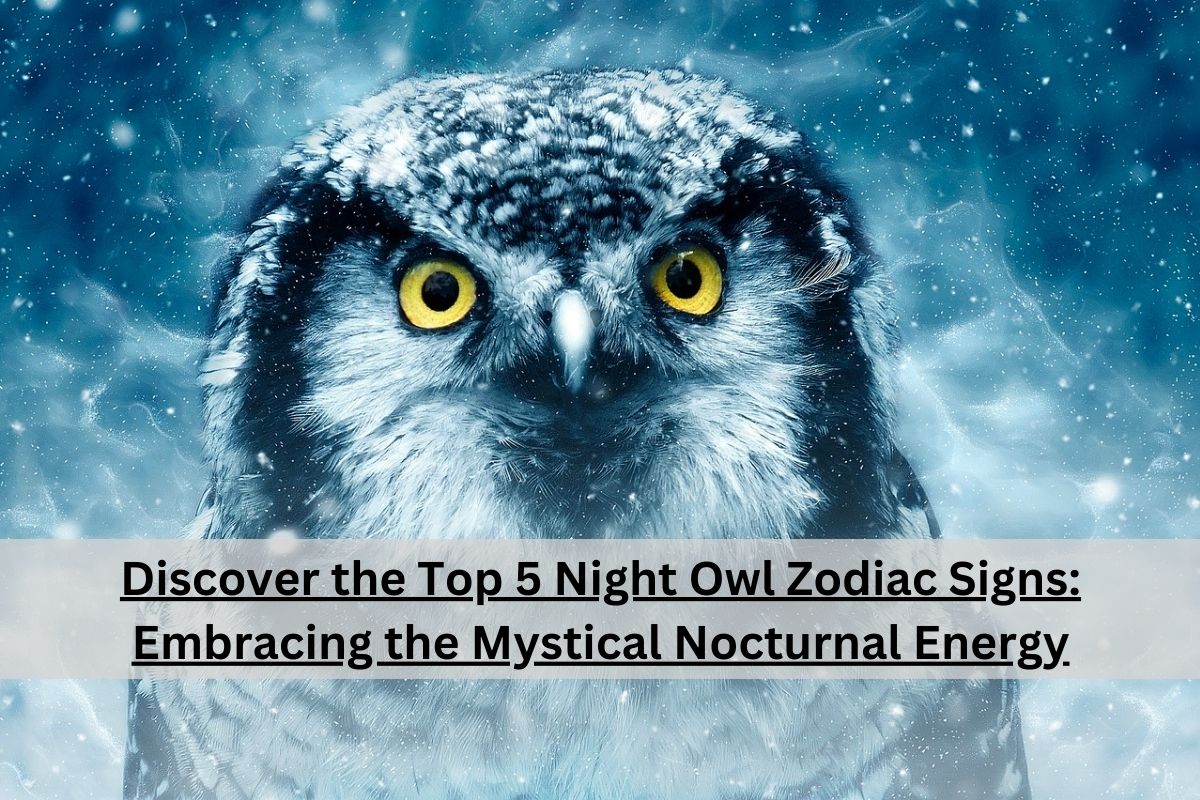Many individuals identify as night owls, but what verifiable indicators distinguish a genuine nocturne from someone who simply prefers late evenings? The distinction goes beyond personal preference; it involves deeply ingrained biological and behavioral traits. Let’s delve into ten scientific signs that definitively mark you as a true night owl.
1. Chronotype Discrepancy: The Core Differentiator
Your chronotype, an inherent biological clock governing sleep-wake cycles, is paramount. A pronounced evening chronotype is the hallmark of a night owl. If you consistently feel most alert and productive during the late evening and struggle to function optimally in the early morning, your chronotype likely leans nocturnal. This isn’t just a feeling; studies measuring melatonin levels and core body temperature rhythms corroborate these patterns. A delayed melatonin onset, occurring well after the average, is a strong physiological marker.
2. Delayed Sleep Phase Syndrome (DSPS) Tendencies
While not every night owl has DSPS, a noticeable overlap exists. DSPS is a circadian rhythm disorder characterized by a consistent delay in sleep onset and wake times. Individuals with DSPS naturally fall asleep several hours later than conventional bedtimes and subsequently wake up much later. Consider this: do you often find yourself unable to fall asleep before midnight, regardless of your attempts?
3. Peak Cognitive Performance in the Evening
Morning people often experience their cognitive zenith shortly after waking. Night owls, conversely, exhibit enhanced cognitive function, including improved attention span, problem-solving abilities, and creative thinking, during the evening hours. Research indicates that the brain’s prefrontal cortex, responsible for executive functions, operates more efficiently in night owls later in the day. Are you at your most innovative after sundown?
4. Dim Light Melatonin Onset (DLMO) Shift
DLMO is a precise measurement of when your body begins producing melatonin in response to diminishing light. In typical diurnal individuals, DLMO occurs a few hours before bedtime. For night owls, this onset is significantly delayed, often occurring very late at night or even in the early morning hours. A late DLMO confirms your internal clock is naturally set to a later schedule. This can be accurately measured via salivary melatonin assays.
5. Social Jetlag Prevalence
Social jetlag refers to the discrepancy between your biological clock and your social schedule. Night owls often experience chronic social jetlag due to the societal pressure to adhere to standard work or school hours. This constant misalignment can lead to fatigue, mood disturbances, and even metabolic issues. Do you feel perpetually tired during the work week and only truly rested on weekends when you can follow your natural sleep schedule?
6. Genetic Predisposition: The PER3 Gene Variant
Genetics play a significant role in determining chronotype. Certain gene variants, such as those in the PER3 gene, are associated with an increased likelihood of being a night owl. While genetic testing isn’t a definitive diagnostic tool, it can provide insights into your inherent sleep tendencies. Specific alleles predispose individuals to delayed sleep phases.
7. Core Body Temperature Rhythms
Your core body temperature fluctuates throughout the day, influencing alertness and sleepiness. In diurnal individuals, core body temperature peaks in the late afternoon and begins to decline in the evening. Night owls, however, experience a delayed peak and a slower decline, contributing to their evening alertness. Monitoring your body temperature throughout the day can reveal this pattern.
8. Sensitivity to Artificial Light Exposure
Exposure to artificial light, especially blue light emitted from electronic devices, can suppress melatonin production and further delay the sleep cycle. Night owls are often more susceptible to the disruptive effects of artificial light in the evening, exacerbating their tendency to stay up late. Limiting screen time before bed is particularly crucial for individuals with an evening chronotype.
9. Caffeine Metabolism Variations
The rate at which your body metabolizes caffeine can also influence your sleep patterns. Night owls often exhibit a slower caffeine metabolism, allowing them to consume caffeinated beverages later in the day without significantly disrupting their sleep. This doesn’t mean it’s advisable, but it highlights a physiological difference.
10. Reduced Morning Cortisol Awakening Response (CAR)
The CAR is a surge in cortisol levels that occurs upon waking, promoting alertness and readiness for the day. Night owls tend to have a blunted CAR compared to morning larks, contributing to their grogginess and reduced energy levels in the morning. Measuring cortisol levels upon waking can reveal this difference.
In conclusion, being a night owl is more than just a lifestyle choice. It’s a complex interplay of genetic predispositions, hormonal rhythms, and cognitive patterns. Recognizing these scientific signs can help you better understand your own sleep needs and optimize your daily routine to align with your natural biological clock.
